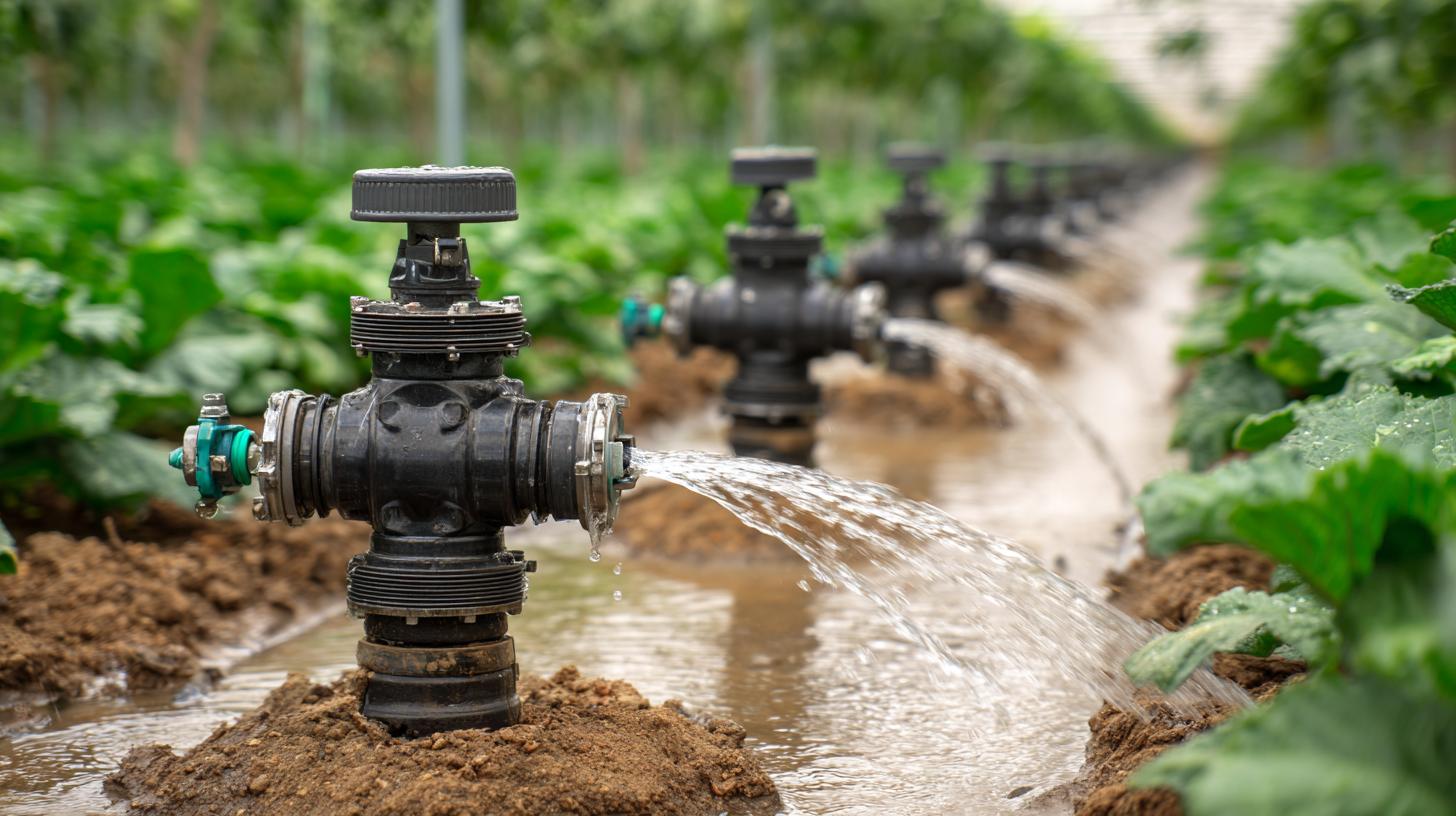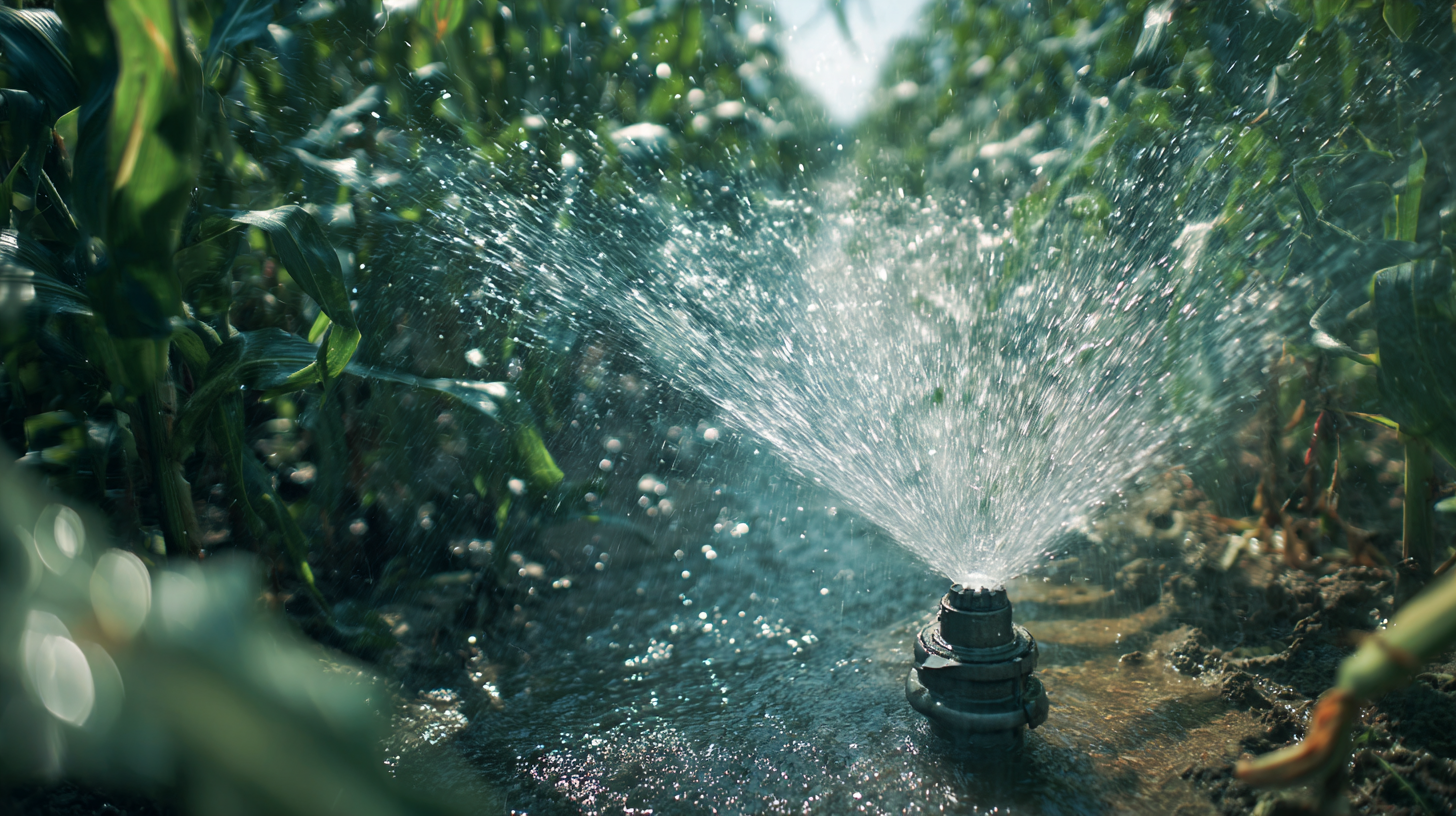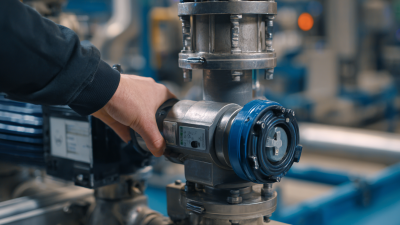Unlocking Efficiency: How Submersible Pumps Are Transforming Water Management in Agriculture
In the evolving landscape of agricultural water management, "submersible pumps" have emerged as a pivotal technology, revolutionizing the efficiency of irrigation systems and water supply. According to a recent report by the International Water Management Institute, inefficient irrigation practices waste approximately 60% of the water used in agriculture, highlighting a pressing need for more effective solutions. Submersible pumps address this challenge by facilitating the extraction of groundwater with minimal energy consumption and operational costs. Their ability to operate submerged allows for greater adaptability in various water depths, ultimately enhancing the reliability of water delivery systems. As global food demand continues to surge, driven by a projected population of 9.7 billion by 2050, the reliance on advanced technologies like submersible pumps becomes increasingly crucial to ensure sustainable water management practices in agriculture.

The Role of Submersible Pumps in Modern Agricultural Water Management
Submersible pumps have become a critical asset in modern agricultural water management, significantly enhancing efficiency and productivity. According to the World Bank, agricultural water management accounts for approximately 70% of global freshwater withdrawals, highlighting the pressing need for effective solutions. Submersible pumps, which operate underwater to move water from wells, lakes, or reservoirs directly to the surface, can help optimize water use by reducing energy consumption and minimizing water loss during transportation.

Recent studies indicate that the integration of submersible pumps in irrigation systems can lead to water savings of up to 30%, demonstrating their potential to foster sustainable agricultural practices. For instance, the Food and Agriculture Organization (FAO) reports that efficient water management through advanced pumping technologies not only boosts crop yields but also supports farmers in adapting to the increasing variability of climate conditions. With a projected 14% increase in global food production needs by 2050, addressing water management challenges through the adoption of submersible pumps is crucial for the future of agriculture.
Key Benefits of Using Submersible Pumps for Irrigation Efficiency
Submersible pumps are revolutionizing irrigation efficiency in agriculture, providing a myriad of benefits that streamline water management. One key advantage is their ability to operate underwater, minimizing energy consumption and maximizing water delivery directly to plant roots. This direct application reduces evaporation and runoff, ensuring that more water reaches the crops. As a result, farmers can achieve higher yields with less water, making submersible pumps an environmentally friendly choice in an era of increasing water scarcity.
Additionally, these pumps are designed for durability and can handle various types of water, from clean to slightly contaminated, making them versatile for different agricultural settings. Their compact size allows for easy installation in wells, ponds, and other water sources, simplifying the irrigation process. Moreover, submersible pumps often come with advanced automation technology, enabling farmers to optimize their water use based on real-time data, further enhancing efficiency. This evolution in water management is essential for sustainable agriculture and addresses the challenges of providing adequate resources for growing food in a changing climate.
Unlocking Efficiency: Impact of Submersible Pumps on Irrigation in Agriculture
This chart illustrates the benefits of using submersible pumps for irrigation efficiency in agriculture, showcasing the percentage improvement in water usage, crop yield, and energy efficiency before and after the implementation of submersible pumps.
Technological Innovations in Submersible Pump Design and Performance
The landscape of agricultural water management is undergoing a significant transformation, propelled by technological innovations in submersible pump design and performance. The anticipated growth of the solar water pump market, from $841,150 in 2025 to $1.917 billion by 2033, exemplifies this trend, with a remarkable compound annual growth rate of 20.3%.
Such advancements not only enhance efficiency but also address the pressing need for sustainable water solutions in agriculture, allowing farmers to optimize water usage and increase crop yields.
Recent events, such as the 138th China Import and Export Fair, highlight the emergence of intelligent water pumps that incorporate smart technology and superior performance attributes. Companies are showcasing their latest innovations, signaling a competitive shift in the industry. With a focus on rapid responsiveness and adaptability, these new products are designed to meet the diverse needs of agricultural water management. As the market evolves, the integration of cutting-edge technology in submersible pump design will play a crucial role in promoting water efficiency and resource sustainability in farming practices.
Tips for Selecting the Right Submersible Pump for Your Farm Needs
When selecting the right submersible pump for your agricultural needs, it’s essential to consider various factors that ensure efficiency and suitability for your specific operation. Start by assessing the type of fluids your pump will handle. If you're dealing with clean water, a standard submersible pump will suffice, but for tasks involving muddy or grainy conditions, a more robust pump designed for handling solids is necessary.
Next, evaluate the flow rate required for your irrigation system. Understanding your water needs during peak seasons will help you choose a pump that can deliver water efficiently without running into performance issues. Durability is also a crucial aspect; a pump made from high-quality materials will withstand the rigors of agricultural use and reduce maintenance costs over time. Additionally, consider the pump's power source—electric pumps might be more efficient for continuous use, while solar-powered options can be beneficial in remote locations. Proper maintenance tips, such as regular inspections and prompt repairs, can further enhance the lifespan and functionality of your chosen submersible pump, ensuring your farming operations remain productive.

Best Practices for Maintenance and Operation of Submersible Pumps in Agriculture
Submersible pumps are vital tools in modern agricultural water management, but their efficiency is largely dependent on proper maintenance and operation practices. Regular inspection of these pumps is crucial. Farmers should schedule routine checks to ensure that the pump is free of debris and blockages, which can impede performance and cause overheating. Additionally, verifying the electrical connections and power supply can prevent unexpected downtime, allowing for more consistent water delivery to crops.
Moreover, understanding the specific requirements of the agricultural operation is key to optimal pump performance. Farmers must select the right pump size and configuration based on their field size and water needs. Monitoring the system's pressure and flow rates can help identify issues early, preventing costly repairs. Implementing a regular maintenance schedule that includes lubrication of moving parts and testing of backup systems can further enhance longevity and efficiency. By following these best practices, agricultural producers can maximize the benefits of submersible pumps, leading to improved water management and crop yields.
Related Posts
-

Challenges Encountered with Submersible Pumps in Industrial Applications
-

Exploring the Efficiency of Electric Transfer Pumps: A Detailed Study on Flow Rates and Energy Consumption Trends
-

11 Best Soft Wash Pump Solutions for Effective Cleaning
-

7 Expert Tips to Choose the Right Industrial Pumps for Your Business Success
-

How to Choose the Right Water Tank Pump for Your Needs
-

Exploring the Best Small Pumps for Home and Garden: Your Ultimate Buying Guide